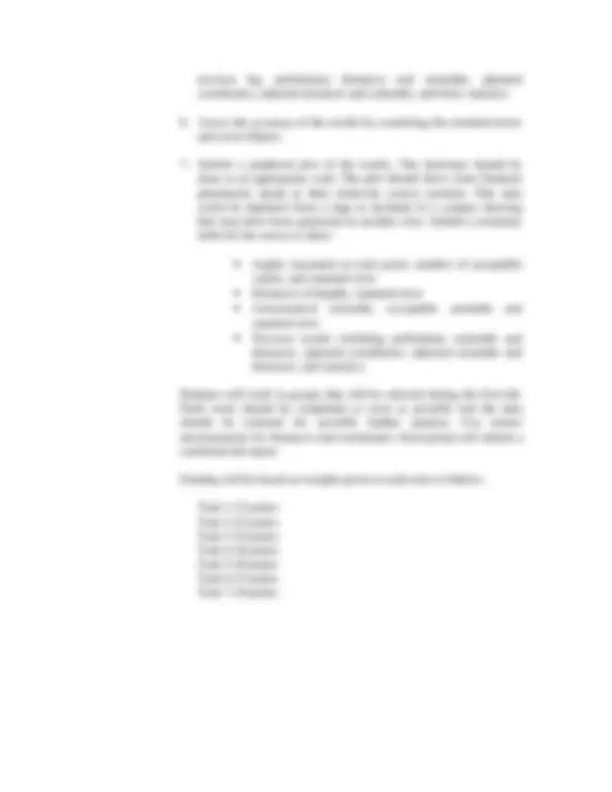



Study with the several resources on Docsity

Earn points by helping other students or get them with a premium plan


Prepare for your exams
Study with the several resources on Docsity

Earn points to download
Earn points by helping other students or get them with a premium plan
Community
Ask the community for help and clear up your study doubts
Discover the best universities in your country according to Docsity users
Free resources
Download our free guides on studying techniques, anxiety management strategies, and thesis advice from Docsity tutors
A lab exercise for students in the sure 452 - geodesy 1 course at ferris state university. The lab aims to introduce students to the use of the wild t-3 instrument for observing horizontal angles and distances in a geodetic network, adjusting observations using least squares, and computing coordinates. Students will also observe astronomical azimuths and assess the accuracy of their results.
Typology: Lab Reports
1 / 2

This page cannot be seen from the preview
Don't miss anything!


PURPOSE: The purpose of this lab is to introduce the student to the use of the Wild T-3 and its application in a conventional geodetic network. The student will also adjust the observations using least squares.
PROCEDURE: 1. Find a suitable area where you can set up at least 5 control points. Try to set the minimum length of each line of 500’. Control points will be monumented and ties made to each point. The lab report will contain an AutoCAD drawing showing the ties for each monument. One monument per AutoCAD drawing will be included in the report.
traverse leg, preliminary distances and azimuths, adjusted coordinates, adjusted distances and azimuths, and basic statistics.
Students will work in groups that will be selected during the first lab. Field work should be completed as soon as possible and the data should be retained for possible further analysis. Use metric measurements for distances and coordinates. Each group will submit a combined lab report.
Grading will be based on weights given to each task as follows:
Task 1: 15 points Task 2: 25 points Task 3: 10 points Task 4: 30 points Task 5: 20 points Task 6: 15 points Task 7: 10 points